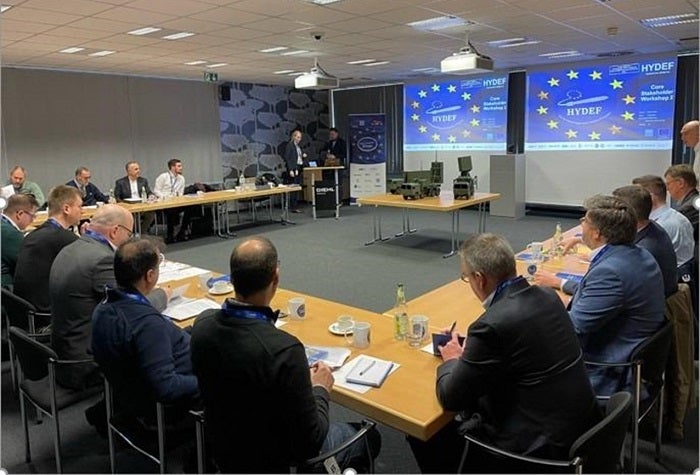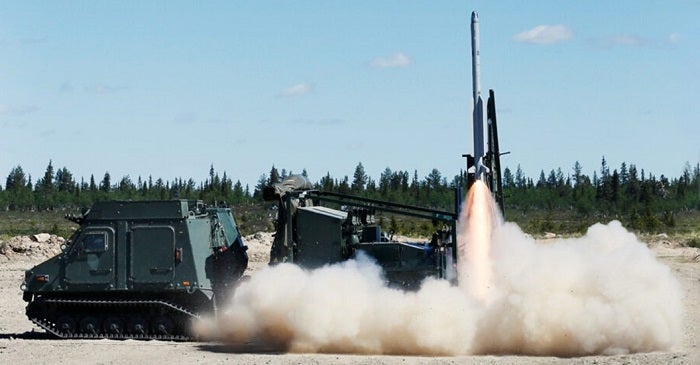
Four of the five participating nations in the Hypersonic Defence (HYDEF) programme – namely Belgium, Germany, Poland and Spain (excluding Norway) – came to Nuremburg, Germany for their second, two-day core stakeholder’s workshop on the 13 and 14 February, 2024.
Launched in 2021, the HYDEF project calls for an endo-atmospheric (within Earth’s atmosphere) interceptor to eliminate hypersonic threats.
Led by the Spanish missile supplier, SMS, the consortium includes 14 companies from seven different European countries, including the Czech Republic and Sweden, specialised in air defence applications.
The first core stakeholder’s meeting commenced at the end of November 2023 in Madrid, where all five states participated in sessions aimed at fostering communication and understanding of one another’s requirements.
Under the attentive eye of Europe’s programme management body, the Organisation for Joint Armament Co-operation (OCCAR), the countries narrowed down their national requirements for the future hypersonic air defence system as part of the conceptual design phase.
It was agreed that the next core stakeholder workshop will take place in June 2024 within the ongoing continuous alignment process between the stakeholders and the HYDEF consortium.
How well do you really know your competitors?
Access the most comprehensive Company Profiles on the market, powered by GlobalData. Save hours of research. Gain competitive edge.

Thank you!
Your download email will arrive shortly
Not ready to buy yet? Download a free sample
We are confident about the unique quality of our Company Profiles. However, we want you to make the most beneficial decision for your business, so we offer a free sample that you can download by submitting the below form
By GlobalDataOver the next three years the HYDEF consortium will work on the first phase of the programme, the concept study, for which the main objective is to assess the feasilbility.
This first phase will be divided into two main activities, leading to MDR (pre-feasibility) and PRR (feasibility or Phase A), plus a parallel activity on the eraly maturation of critical technologies and designs.
According to GlobalData, the impetus to acquire a hypersonic interceptor stems from the reality that the US, Russia, and China are all testing hypersonic technology, “generating fears of escalating global competition for weaponry that has the potential to render current defences inadequate.”

Learning from existing missile defence programmes
Likewise, another part of the gathering saw the attendees explore the capabilities of the IRIS-T air defence system in a factory tour held by the original, German equipment manufacturer, Diehl Defence.
Currently, Diehl’s IRIS-T surface-launched, medium-range (SLM) system has seen a growing number of adopters in the past year, the most recent customer was Slovenia at the end of January 2024. Others include Germany, Estonia and Latvia – with systems donated to Ukraine – throughout 2023.
The launcher unit is based on a MAN 8×8 truck with eight missile container launchers mounted at the rear. The arrangement of the missile container launchers consist of two banks of four missiles.




